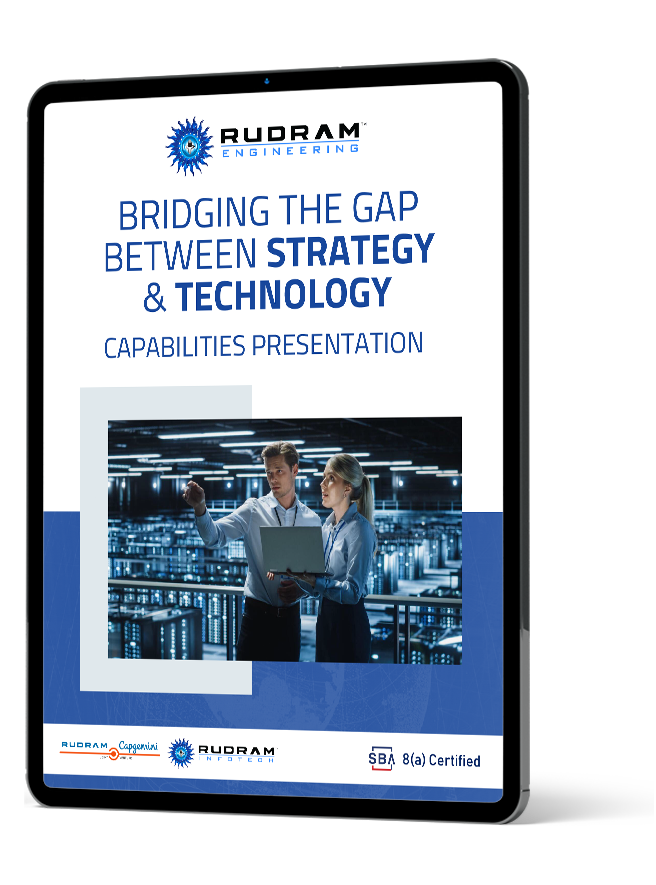In a rapidly evolving digital environment, legacy systems often stand as a barrier to innovation. These outdated platforms once reliable are now incompatible with modern business agility, security standards, and performance demands. Migrating legacy systems to the cloud isn’t just a technical upgrade; it’s a strategic imperative for organizations seeking to reduce operational overhead, improve resilience, and enable real-time scalability.
Yet, cloud migration is complex. The process involves navigating legacy dependencies, managing security risks, and ensuring system continuity all without disrupting critical business operations. This guide explores proven best practices and the common pitfalls to avoid when migrating legacy systems to the cloud.
Legacy systems are typically monolithic, resource-intensive, and hard to scale. They often require specialized hardware, are prone to failure, and lack compatibility with modern development practices.
Migrating to the cloud helps organizations achieve:
However, a successful migration requires more than just copying data to a cloud server, it demands a rethinking of architecture, process, and culture.
Begin with a full audit of your existing systems. Identify which components are candidates for migration, which need re-engineering, and which can be decommissioned.
Focus on:
This step builds the foundation for determining the right cloud migration model—whether lift-and-shift, replatforming, or full refactoring.
Your migration approach should directly support long-term organizational objectives. Define measurable KPIs such as:
A clear strategy ensures technical decisions align with business priorities.
Public, private, and hybrid cloud environments each offer unique benefits. Organizations handling sensitive or mission-critical systems—such as in defense or aerospace—may benefit from Azure Government, AWS GovCloud, or private cloud models with robust compliance capabilities.
Rudram Engineering, for example, integrates secure Azure environments to modernize systems while meeting stringent government cybersecurity frameworks, including FedRAMP and Zero Trust standards.
A common mistake is over-relying on “lift and shift” (rehosting). While quick, this method does not take advantage of cloud-native capabilities. Refactoring key components allows you to:
This enhances scalability, observability, and continuous deployment readiness.
Data loss, exposure, and compliance violations are major risks during migration. Employ best-in-class data protection:
In regulated industries, validate that cloud infrastructure meets HIPAA, ITAR, or NIST 800-53 standards, as applicable.
Successful cloud transformation requires cultural and procedural shifts. Embed DevSecOps practices to ensure security, quality, and automation throughout the software development lifecycle. Continuous integration and continuous delivery (CI/CD) pipelines enable teams to deploy updates without introducing risk or downtime.
With expertise in Agile delivery and embedded systems, firms like Rudram Engineering support cloud transitions with robust engineering and DevSecOps alignment.
Avoid big-bang cutovers. Use a staged migration approach to reduce system downtime and minimize user disruption.
Continuous validation ensures stability, especially for real-time or safety-critical systems.
Despite the benefits, many organizations encounter setbacks during their cloud journey. Avoid these common mistakes:
Jumping into cloud migration without a roadmap often leads to budget overruns, missed deadlines, and failed objectives.
Failing to map out how systems interact can cause cascading failures or data loss during migration. Always perform dependency mapping beforehand.
Legacy systems often carry vulnerabilities that must be addressed before or during—migration. Never assume the cloud will automatically “secure” legacy code.
Industries like healthcare, defense, and finance have strict data residency and security mandates. Ensure your cloud provider and strategy align with these regulatory frameworks.
Migration is not the end. Continually monitor, optimize, and update systems to maximize your ROI and performance gains.
Legacy system migration to the cloud is one of the most critical steps in modernizing your IT infrastructure. But success demands more than just a shift in platform—it requires strategic foresight, architectural precision, and disciplined execution.
By adhering to best practices like phased rollout, cloud-native design, and DevSecOps integration you minimize risk and maximize long-term value.
Rudram Engineering brings hands-on experience in modernizing legacy systems for defense, aerospace, and industrial sectors. Through secure cloud integration, Agile engineering, and end-to-end support, we help organizations transition confidently into the future.

Rudram Engineering Inc. (REI) is a well-known pioneer in software systems engineering, recognized for its creative solutions and the latest cutting-edge technologies. By focusing its resources on developing cloud-based technologies, REI further employs the power of DevSecOps to build security into the software development life cycle. The company also adopts Agile software development methodologies to be flexible, effective, and quick in delivering quality software solutions. Rudram Engineering Inc. is a name that epitomizes quality with innovation; it establishes new yardsticks in the industry with solid, scalable solutions that meet the dynamic demands of engineering.
As software becomes more complex, the need for thorough testing increases. In 2025, advancements in automated testing, AI-powered testing tools, and continuous quality assurance are expected to play a major role in ensuring reliable software delivery.
Actionable Insight: Thorough testing is essential to ensure that your software meets customer expectations and performs reliably. At Rudram Engineering, we employ comprehensive testing protocols to ensure every product we deliver is both robust and secure, minimizing bugs and maximizing customer satisfaction.
Rudram’s commitment to excellence, transparency, and customer satisfaction sets them apart. They maintain strategic partnerships to harness cutting-edge technologies and expand their capabilities, ensuring that clients receive the best possible solutions.
No-code and low-code platforms are gaining momentum as businesses seek faster, more accessible ways to develop software. These platforms allow individuals with little to no programming experience to build functional applications, reducing the time and cost of development.
Actionable Insight: Incorporating no-code or low-code platforms can speed up your application development, especially for simple or routine tasks. Rudram Engineering leverages these tools when appropriate to accelerate delivery without sacrificing quality or flexibility.